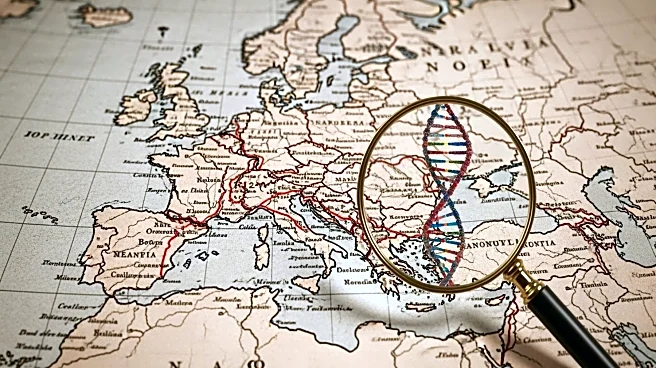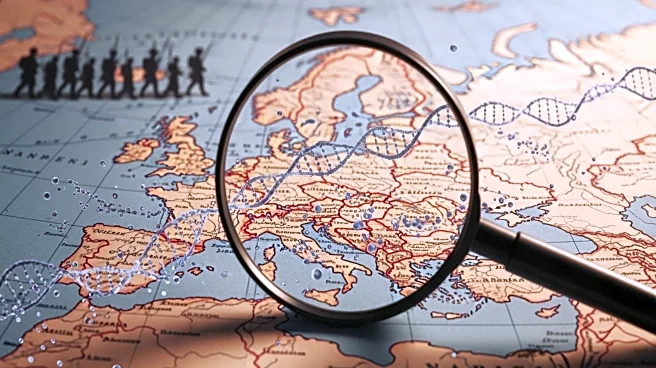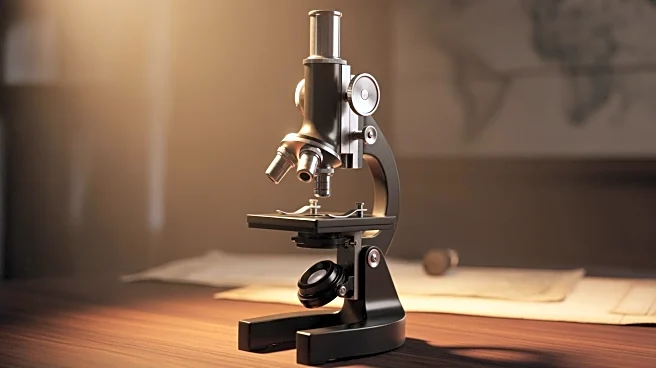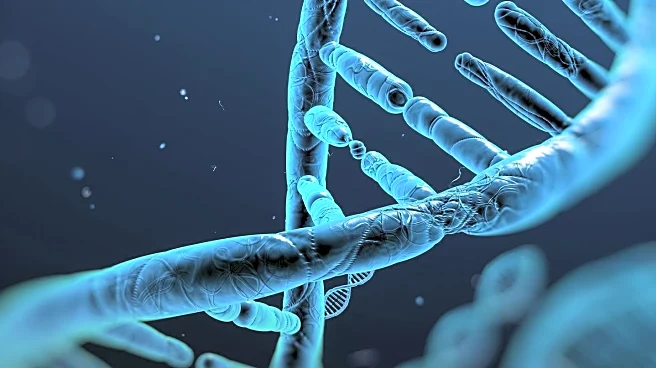What's Happening?
Researchers from the Institut Pasteur have conducted a genetic analysis of the remains of soldiers from Napoleon's 1812 Russian campaign, uncovering traces of pathogens responsible for paratyphoid fever
and relapsing fever. These findings, published in Current Biology, provide the first direct genetic evidence of these diseases in Napoleon's army. The study analyzed DNA from 13 soldiers exhumed in Vilnius, Lithuania, revealing the presence of Salmonella enterica Paratyphi C and Borrelia recurrentis. These pathogens, along with previously identified typhus and trench fever, likely contributed to the high mortality during the retreat, exacerbated by cold, hunger, and poor sanitation.
Why It's Important?
The study offers crucial insights into the role of infectious diseases in historical military defeats, highlighting how pathogens can significantly impact military outcomes. Understanding the spread and evolution of these diseases provides valuable lessons for modern public health strategies. The research underscores the importance of considering environmental and social factors in disease outbreaks, which can inform current efforts to manage infectious diseases. This historical perspective can aid in developing more effective responses to contemporary health challenges by learning from past epidemics.
What's Next?
Further research could expand the analysis to more samples from the Vilnius site to better understand the prevalence of these diseases among Napoleon's troops. This could provide a clearer picture of the impact of infectious diseases on military campaigns. Additionally, the methodologies developed for this study could be applied to other historical contexts, offering a broader understanding of the role of disease in shaping human history. The findings may also prompt discussions on improving current military health protocols to prevent similar outbreaks in modern armed forces.
Beyond the Headlines
The study highlights the ethical considerations of using ancient DNA to understand historical events, raising questions about the balance between scientific inquiry and respect for human remains. It also points to the potential for genetic research to uncover new aspects of history, challenging traditional narratives and offering a more nuanced understanding of past events. This research could inspire further interdisciplinary collaborations between historians and scientists, enriching both fields with new perspectives and methodologies.











